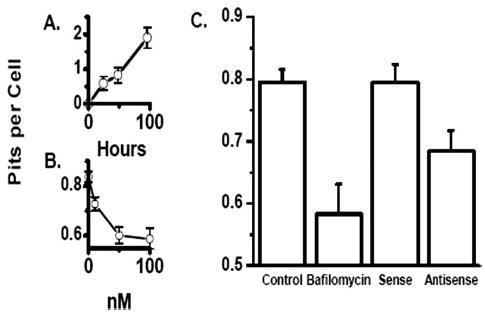FIGURE 5. Inhibition of bone resorption by treatment of in vitro differentiated osteoclasts with antisense oligonucleotides that suppress CLIC-5b expression.

Osteoclast precursors were isolated and allowed to attach at low density to whale dentine disks. A, cells were incubated for the indicated times and number of resorption pits per cell determined as described (33, 35). B, after 24 h of culture bafilomycin A1 was added as indicated. Pitting and cell number was determined 48 h later. Panel C, at 24 h cells were treated with streptolysin-O as described under “Materials and Methods” and exposed to phosphorothioate nucleotides or not as indicated and returned to culture where bafilomycin A1 could be added for a non-pitting control as indicated in the figure. Pitting and cell number were determined 48-h later: control, 0.79 ± 0.022 pits per cell (n = 346); bafilomycin, 0.58 ± 0.049 pits per cell (n = 103); sense, 0.79 ± 0.029 pits per cell (n = 195); and antisense, 0.68 ± 0.032 pits per cell (n = 206). The difference between sense-and antisense-treated cells was significant at p = 0.012. These data were pooled from three independent experiments.
